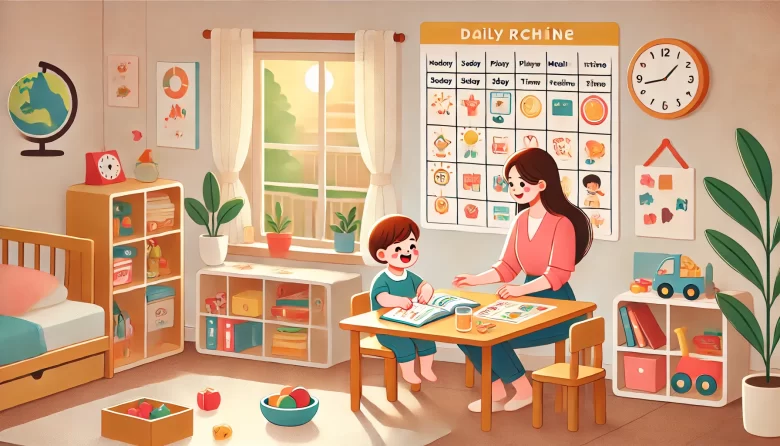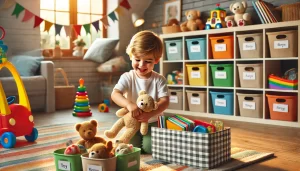Young children thrive on routine. Having a structured daily schedule helps them feel secure, improves their ability to learn, and supports healthy emotional and physical development. While flexibility is important, establishing predictable routines creates a strong foundation for lifelong learning and good habits.
In this article, we will explore why routine is essential in early childhood education, how to build a balanced daily schedule, and practical tips for making routines both effective and enjoyable.
Why Routine Matters in Early Childhood Education
A well-planned routine provides children with consistency and structure, which are crucial for their growth and learning.
Key Benefits of a Healthy Routine:





By implementing a structured daily routine, parents and caregivers can help children feel more confident and prepared for each day’s activities.
How to Build a Balanced Daily Routine
The best routines are flexible enough to adapt to a child’s needs but structured enough to create consistency. Below are key components of a well-balanced daily schedule for early childhood education.
Start the Day with a Morning Routine
A predictable morning routine helps children transition from sleep to active learning.
Sample Morning Routine:




Establish Learning and Playtime Blocks
Dividing the day into structured learning and play periods ensures a balanced approach to education.





Include Physical Activity
Physical movement is essential for cognitive development and overall well-being.
Fun Ways to Incorporate Movement:




Prioritize Mealtime Routines
Regular mealtimes teach children healthy eating habits and provide natural breaks in the day.
How to Make Mealtime Meaningful:



Set a Calming Evening Routine
A consistent evening routine helps children wind down and prepare for restful sleep.
Sample Evening Routine:




Making Routines Fun and Engaging
Routines don’t have to be boring! Adding creativity and flexibility can make daily activities more enjoyable.
Turn Tasks into Games



Use Visual Cues


Reward Positive Habits



Adapting Routines for Different Age Groups
 Toddlers (1-3 Years Old)
Toddlers (1-3 Years Old)
- Simple routines focused on play, meals, and naps.
- Gentle transitions between activities with songs or cues.
- Repetition to reinforce learning and comfort.
 Preschoolers (3-5 Years Old)
Preschoolers (3-5 Years Old)
- More structured learning and playtime schedules.
- Encouraging independence in small tasks.
- Flexible schedules to accommodate curiosity and exploration.
 School-Age Children (5-7 Years Old)
School-Age Children (5-7 Years Old)
- More responsibility in daily tasks (cleaning up, dressing).
- Introduction of homework or structured learning time.
- Learning goal-setting and time management.

Common Challenges and How to Overcome Them
“My child resists routines.”

“Our mornings are always rushed.”

“My child gets bored with the routine.”


Final Thoughts
A well-structured routine provides children with the stability and predictability they need to thrive. By balancing structured learning, play, and relaxation, parents can create an environment that fosters healthy habits and a lifelong love for learning.
The key is to keep routines flexible, engaging, and child-friendly—because when learning feels natural and enjoyable, children are more likely to develop positive lifelong habits.




